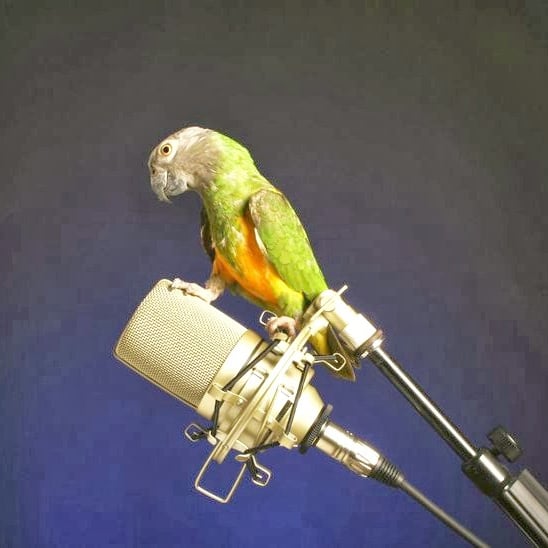Last Updated on by Mitch Rezman
Macaws are one of the most recognizable species of parrots globally. These birds can often be found in the tropical forests of South America, and they are known for their magnificent plumage and striking personalities.
However, it is important to note that there are over 43 species of macaw parrots, and they differ considerably in appearance, behavior, and habitat.
One of the most noticeable differences between macaw species is their size. The largest macaw species is the Hyacinth macaw, which can grow up to 100cm in length, while the smallest is the Hahn’s macaw, which is roughly 30cm long. Similarly, the body weights of different macaw species are also remarkably different, ranging from as light as 100g for the red-shouldered macaw to up to 1.5 kg for the hyacinth macaw.
The Ultimate List Of 43 Macaw Species With A Focus On Large Macaws
Another significant difference between macaw species is their physical appearance. Macaws are known for their brightly colored feathers, but the patterns and colors vary greatly between species. For instance, the Scarlet macaw is bright red with yellow-blue wings, while the Blue-throated macaw has blue feathers dominant color with a yellow throat, forehead, and cheeks. Likewise, the Spix’s macaw is slate blue with a bare eye-ring area, and the military macaw has predominated green and a reddish patch over their ears.
In terms of their behavior and habitat, macaw species also have considerable differences. Some species are comfortable in domestic pet settings, while others require a vast tropical forest to thrive. For example, the blue-and-gold macaw is comfortable in a domestic setting, but the green-winged macaw requires a vast, forested environment with ample room for flight. Similarly, some macaw species are solitary, and others prefer to live in flocks.
The diet of macaw species also varies. Most macaws feed on fruits, nuts, seeds, and insects. However, some species tend to eat predominantly fruits, while others prefer more nuts and seeds, depending on the availability of food in their habitat.
In conclusion, the 43 species of macaws are diverse in various aspects, including size, appearance, behavior, and habitat. Although they share some similar characteristics, each species has unique qualities that make them stand out from their peers. Therefore, studying the differences between the different macaw species is crucial for their preservation and conservation in the wild, as well as their care and management in captivity.
Written by Mitch Rezman
Approved by Catherine Tobsing.
Author Profile
Latest entries
 The Traveling BirdJune 26, 2025Can You Name 5 Parrot Species That Are Living Wild in the USA?
The Traveling BirdJune 26, 2025Can You Name 5 Parrot Species That Are Living Wild in the USA? Bird BehaviorJune 26, 2025How is it Parrots Are Problem Solvers Social Animals and Even Use Tools?
Bird BehaviorJune 26, 2025How is it Parrots Are Problem Solvers Social Animals and Even Use Tools? Bird & Parrot AnatomyJune 25, 2025How a Tiny Chemical Modification Makes Parrots Nature’s Living Paintings
Bird & Parrot AnatomyJune 25, 2025How a Tiny Chemical Modification Makes Parrots Nature’s Living Paintings PigeonsJune 20, 2025How Do Parrots Thrive in Cities Outside Their Native Habitats?
PigeonsJune 20, 2025How Do Parrots Thrive in Cities Outside Their Native Habitats?




